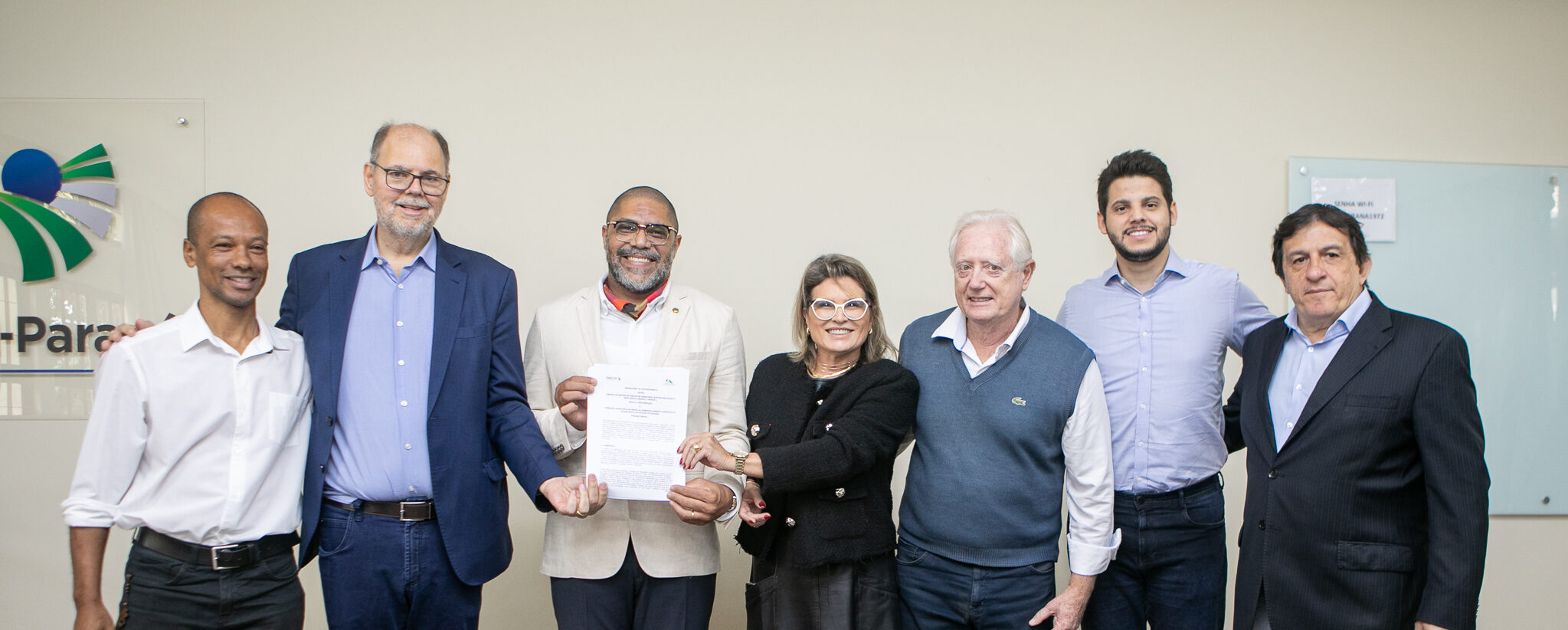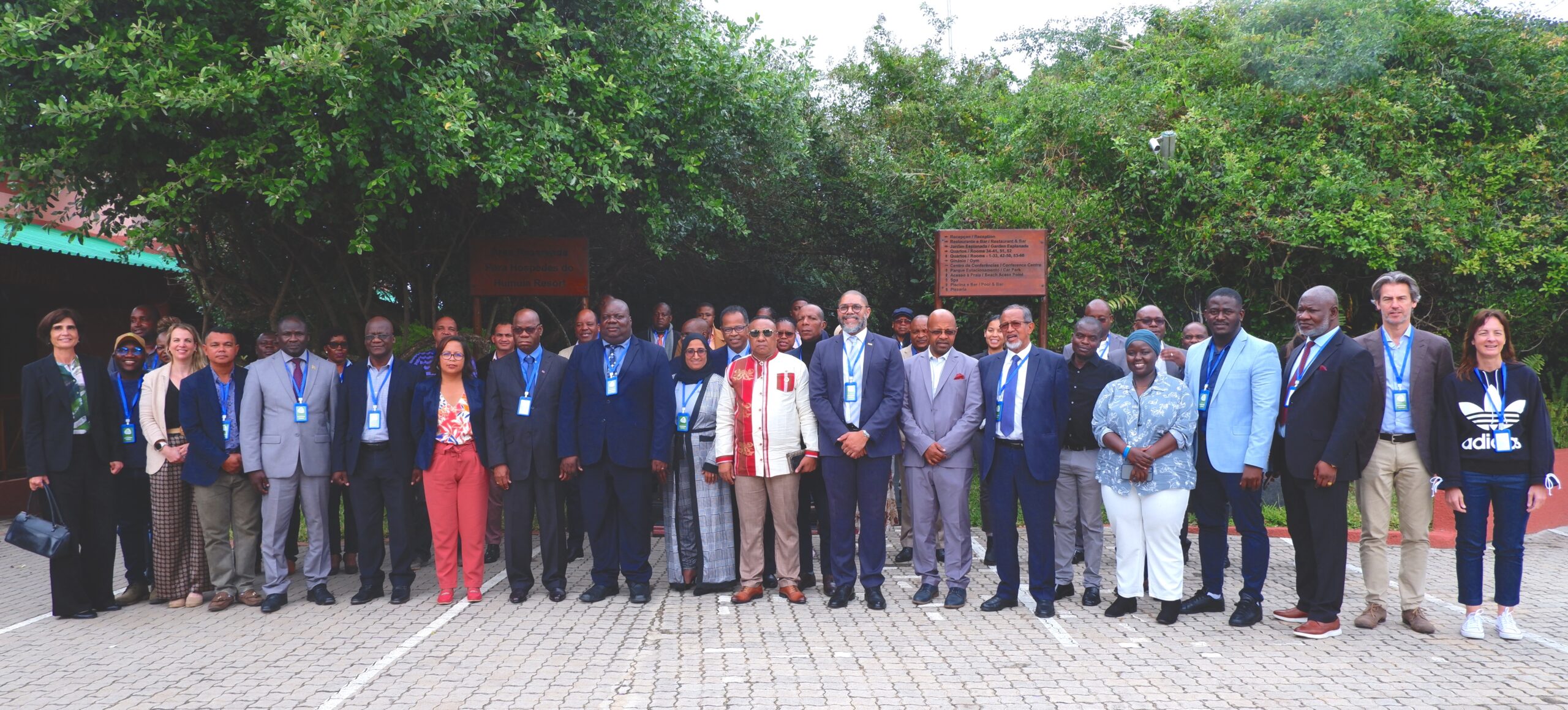DiMSUR is one step closer to become a strong sub-regional institution in Southern Africa
2 February 2017 – The Mozambican Cabinet approved the proposal to host The Sub-Regional Technical Centre for Disaster Risk Management, Sustainability and Urban Resilience (DiMSUR) in Mozambique during the 2nd Ordinary Session of the Council of Ministers, which took place on Tuesday 31st January 2017.
According to the Vice Minister of State Administration and Public Function of Mozambique, Mr. Roque Silva, hosting DiMSUR is an acknowledgement of Mozambique capacity in risk management (check the full story on the website of Government of Mozambique).
DiMSUR was created in 2014 by the Governments of Madagascar, Malawi, Mozambique and the Union of Comoros supported by UN-Habitat. DiMSUR is a non-profit, autonomous institution that aims to become a unique sub-regional platform in southern Africa for knowledge exchange, concentration of expertise and capacity development for disaster risk reduction, sustainability and urban resilience.
UN-Habitat has been facilitating the process of establishment and operationalization of the DiMSUR since 2008. The initiative started when the governments of Mozambique, Madagascar, Comoros and Malawi first expressed the willingness to work together for a more resilient urban future in Africa. Since the beginning, UN-Habitat acts as the Secretariat Ad Interim of DiMSUR.

UN-Habitat continues to support the initiative to establish DiMSUR as a strong regional center by developing DiMSUR’s flagship product: the City Resilience Framework for Action, the CityRAP Tool. The CityRAP Tool is a user-friendly interactive tool for training and capacity building of city managers and technicians in intermediate and smaller urban centers with low institutional capacity. CityRAP Tool activities have been conducted in eleven cities in nine countries (Madagascar, Mozambique, Malawi, Union of Comoros, Ethiopia, Cape Verde, Sao Tome and Principe, Guinea Bissau and Burkina Faso) and directly engaged more than 800 local participants among city authorities, technicians, local community leaders and civil society representatives.






